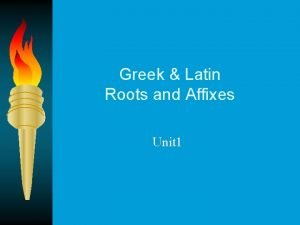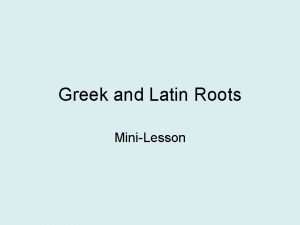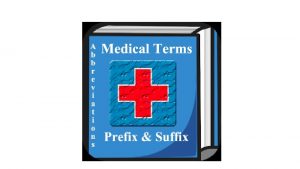A word and its parts roots affixes and




- Slides: 4

A word and its parts: roots, affixes and their shapes Agnes Widyaningrum

A word and its parts – Morphemes are smaller parts of words or the minimal units of morphology. Some may define also that morphemes are the smallest unit of grammatical structure but also the smallest meaningful unit. – Morphology is a part of grammar concerned with the structure of words and with relationships between words involving the morphemes that compose them. – Words that are lexical items do not have to be monomorphemic (consisting of just one morpheme) while some are polymorphemic (consisting of more than one morpheme).

A word and its parts – The morphological structure of words is largely independent of their phonological structure (their division into sounds, syllables and rhythmic units). – The core of the word is part of words that supplies the most precise and concrete element in its meaning and it can stand on its own. – In self-explanatory fashion, morphemes that can stand on their own are called free, and ones that cannot are bound. – The core is also called the root. – The root of a complex word is usually free. Of the non-root morphemes in the words that we have looked at so far, those that precede the root are called prefixes, while those that follow it are called suffixes.

A word and its parts – An umbrella term for prefixes and suffixes is affix. – Only root morphemes can be free, so affixes are necessarily bound. – Compound words are words that can contain of more than one bound roots. – If a complex word can be formed out of two (or more) free roots so a word can contain two or more bound roots. Some technical terms classified as bound morphemes as combining forms. – Many morphemes have two or more different pronunciations are called allomorphs.







